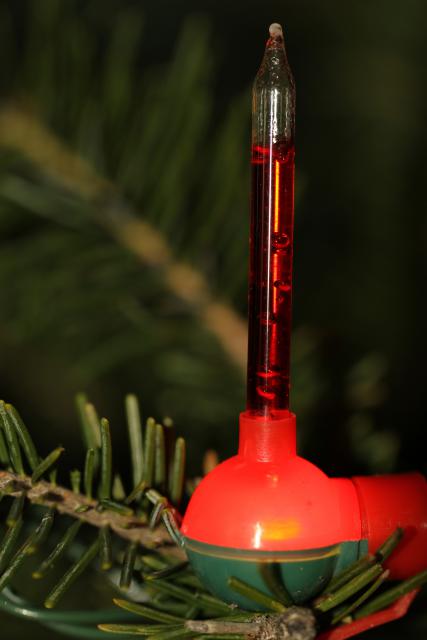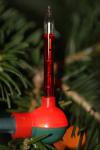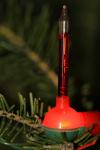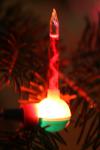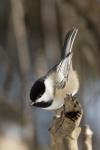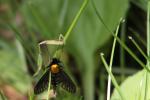Reply to comment
Canon EF 100mm f/2.8L Macro IS USM (part 1)
ktuli — Wed, 12/22/2010 - 21:57
This won't be a comprehensive review by any means, but I figured I would try and get a little something pulled together. Plus I have been thinking about trying this photo for a little while now (basically since we decorated our Christmas tree this year).
 This is my newest lens - the Canon EF 100mm f/2.8L Macro IS USM. Like a previous lens review, let's go through quickly what the letters mean...
This is my newest lens - the Canon EF 100mm f/2.8L Macro IS USM. Like a previous lens review, let's go through quickly what the letters mean...
EF - Stands for Electro Focus, and you can read more here
100mm - This is the focal length obviously, this will fit nicely between my Tamron 180mm and Tokina 35mm macro lenses
f/2.8 - The maximum aperture - at 2.8, this is considered pretty "fast" glass due to the amount of light such a large aperture will allow into the camera, producing faster shutter speeds
L - I've heard multiple definitions for this single letter - the top runners are probably "low dispersion" and "luxury". Canon used to have a page dedicated to the line, but I can't seem to find it. Regardless, this is Canon's professional grade line of lenses. Identified by the red ring at the end of the lens barrel.
Macro - Many lenses get the "macro" label slapped on them, but unless they produce 1:1 magnification, I don't consider them true macro lenses (some people say 1:2 is close enough). What this means is that at 1:1 magnification, the subject is recorded at life-size on the image sensor.
IS - Image Stabilization, we'll discuss that a tiny bit more further down.
USM - Ultra Sonic Motor. This is the auto-focus motor and produces a much faster focusing, while staying almost completely silent. The other nice feature of a USM lens is that it allows for full time manual focusing - meaning you can make manual focusing adjustments even while in auto-focus mode.
I've had this lens on my wishlist for quite some time, and I finally pulled the trigger on it to use with photographing all of the macro life on the reefs in Wakatobi. So I pretended that these bubbler Christmas lights were some small reef invert and went about shooting. I also wanted to get a shot of these lights with the bubbles frozen in motion.
|
|
|
|
|
|
I know that's a fairly random set of changes, and none of them get into too much detail of showing the abilities of this lens. The clarity is very nice on every one of those shots - a testament to the quality glass used, but you only notice that on the fullsize versions.
The IS and non-IS versions are surprisingly not that far off (middle and bottom thumbnails on the right). This is probably due to some patient hand-holding techniques. Usually I'm happy if I can get 1/8th of a second with a handheld shot, and those are at 1/3rd! So perhaps I'll have to try that exercise again sometime.
I ended up using the pop-up flash and faster shutter speeds on several of these shots to help get those bubbles frozen in motion (instead of the blur from the longer shutter speeds), and really wish I could have diffused the light from the flash better to prevent that harsh glare on the glass of the light.
I promise I'll do a more thorough review of this lens in the future (probably not until after the dive trip though), but for now, I'm highly impressed with this lens.
Stay tuned as I have some more Christmas themed photos coming up to close out the week and get us into the holiday!
- Bill


